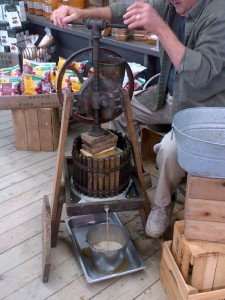My hockey equipment is covered in pigeon poop.
Or so I’m told by my friend Steve, who has organized pick-up hockey in Guelph for decades, and in whose barn my equipment has sat since 2006.
I never had fancy equipment; I bought my goalie pads off a 12-year-old  whose parents were apparently more affluent than I.
whose parents were apparently more affluent than I.
But I could sell them for four times their value in Australia, where hockey exists, and Canadians always return with a bag full of gear, because it costs so much less in North America.
With Sorenne about to turn four-years-old, it’s time to introduce her to the ice – and there’s a rink in Brisbane. And with us returning to the U.S. for Dec. and Jan., the time was right to salvage what was left of my equipment and get some stuff for Sorenne.
Steve says he only found one of my skates.
Steve also works in government.
While driving to Florida this week, Steve took some of my equipment to Chapman in North Carolina (or mailed it) because I’ll see Chapman for a meeting about our shiga-toxic producing E. coli research.
While driving down the North Carolina coast, Steve stopped at this roadside market for some ol’ timey apple cider; unpasteurized cider has been the source of many an outbreak of foodborne illness.
 Steve thought the name of the market was particularly apt.
Steve thought the name of the market was particularly apt.
A table of fresh juice-related outbreaks is available at http://bites.ksu.edu/fresh-juice-outbreaks.
